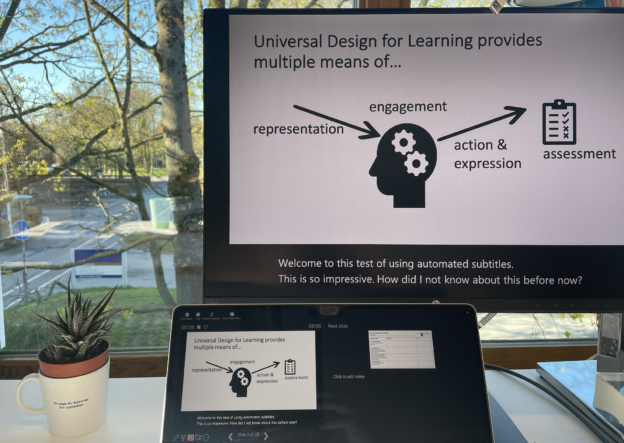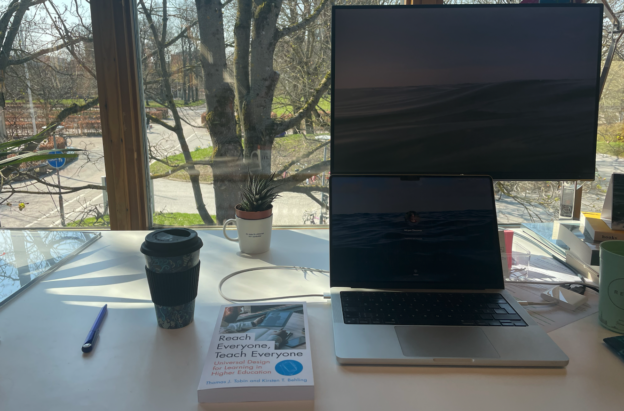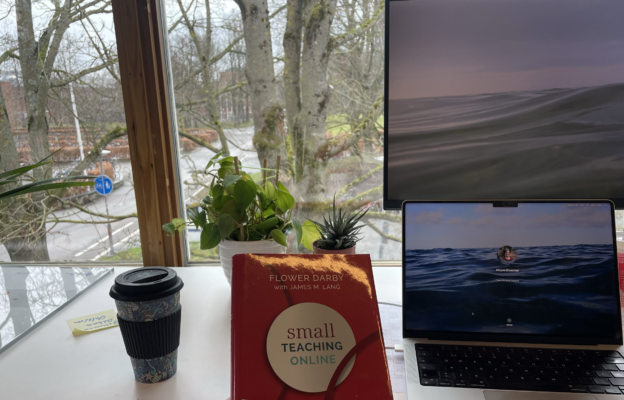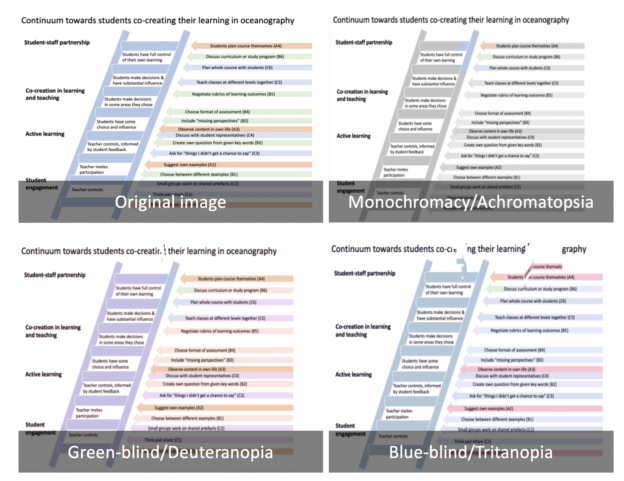Something that has been on my mind a lot lately is how to make learning situations welcoming and accessible to all students. A very obvious response is to the “accessible” side of things is to think about UDL: “Universal Design for Learning” (Brand et al., 2012). The general idea is that, instead of making accommodations when they are needed for individuals, there are four main principles that should be incorporated to make all parts of the learning process accessible to all learners:
- Multiple means of representation: This is about how students can take up our content, i.e. providing it in multiple formats so it can be accessed using different senses, and tailored to specific needs
- Multiple means of engagement: This is about how we motivate both initial and sustained student engagement with the content, providing multiple entry points, perspectives, etc.
- Multiple means for action and expression: This is about how students physically manipulate and communicate about the content via different options
- Multiple means of assessment: This is about how we test student understanding in different ways
When all these principles are met, learners with disabilities or with conditions potentially hindering their learning don’t have to disclose this information to the teacher, and courses don’t have to be adapted to specific students’ special needs ad hoc — they are already readily accessible. They also cater to students’ different circumstances and ways of thinking — maybe they are more used to certain ways of doing things than others for cultural reasons, or they simply have preferences (like listening to audiobooks over reading, so it can happen on a walk or driving to university).
There are many comprehensive checklists for UDL available online, if you would like to go that route. I personally found them a little overwhelming (which shows how important it is for me to actually think more about it!). So below, I share my thoughts on what UDL might mean in the context of teaching oceanography, following the Brand et al. (2012)’s structure. Note that I am just barely scratching the surface here, so watch this space for more and better information in the weeks to come!
Continue reading →



